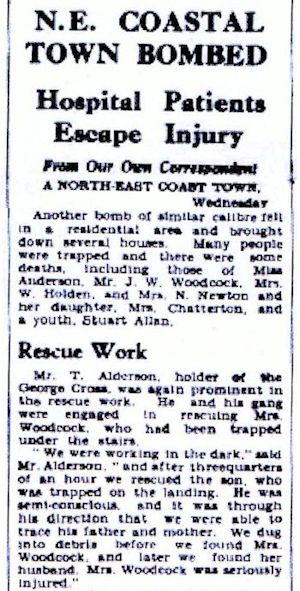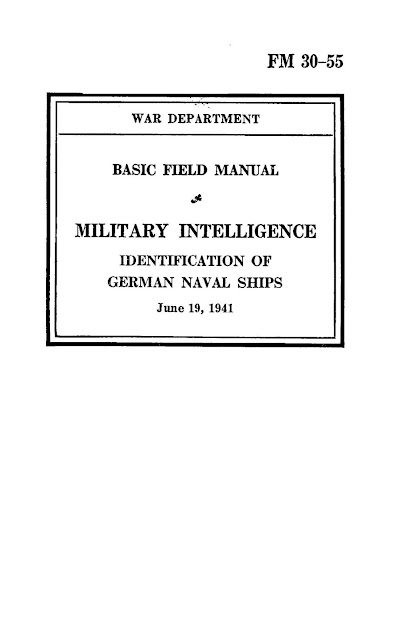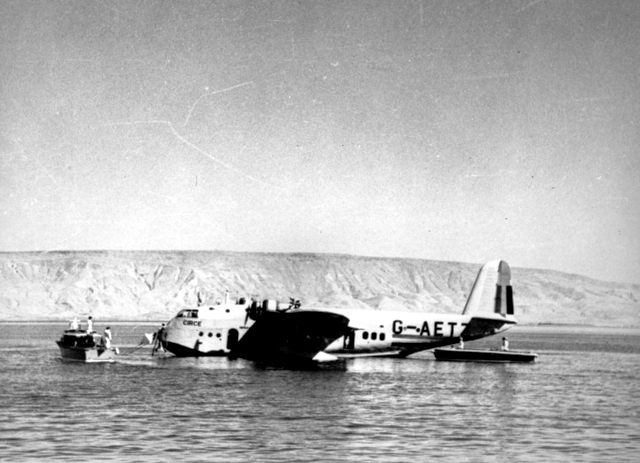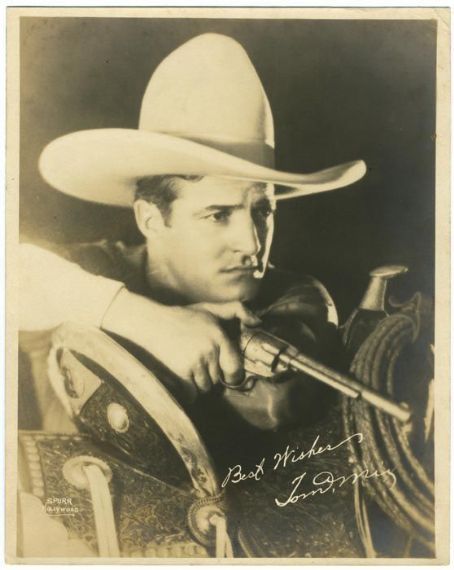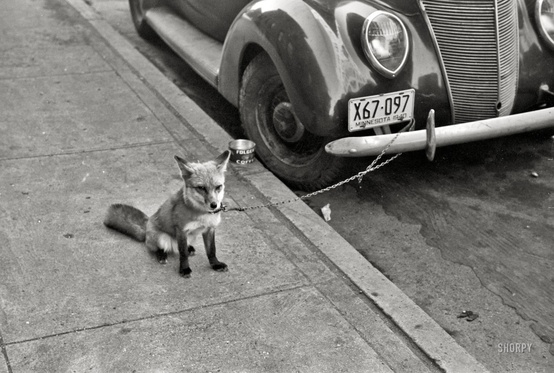Friday 12 December 1941
 |
| Type 97 (B5N1) "Kate" Carrier Attack Bombers flying from aircraft carrier Ryujo are shown flying near Mayon Volcano on their way to attack Legaspi, southeast of Luzon, Philippines. Captain Masayuki Yamagami is in command. 12 December 1941 ("Album of a Navy Captain" via Egoo.net). |
Battle of the Pacific: For the first time, the Japanese Army broadens the war into Burma on 12 December 1941 when a small force enters the British colony from Thailand unobserved. The Japanese hope that widespread desire in Burma, led by former Prime Minister and Premier Ba Maw, will make the country's conquest easy. However, the British also have strong support within the country, particularly from ethnic minorities, and a major power base in neighboring India. The Third American Volunteer Group (AVG) squadron moves to Rangoon today to join the RAF in the defense of Burma.
 |
| The NY Times of 12 December 1941, showing President Roosevelt signing the declaration of war with Germany. |
A Japanese submarine surfaces near Johnston and Palmyra Atoll and fires star shell clusters over the US Marine base on Johnson. These do not cause appreciable damage. The Marines, under the command of Major Francis B. Loomis Jr., return fire with their 5-inch coastal guns, causing the submarine to depart. There are numerous civilian contractors on the island who rapidly are fortifying it and hope to be evacuated soon.
Battle of the Mediterranean: Axis forces under General Erwin Rommel have withdrawn in good order into a line centered around Gazala. The 5th New Zealand Infantry Brigade closes up on this new Gazala line. One veteran in the unit writes:
Hermann Goering, who held no party office). This is an important step in the escalation of the Holocaust. No transcripts were made, but Joseph Goebbels summarizes the meeting in his diary later in the day:
The pace of transfers to extermination camps in the East already is picking up steam. Today, the first persons, 150 men who had been taken during a manhunt in the Lublin Ghetto, are sent to Majdanek, a camp on the outskirts of Lublin, Poland. This becomes a classic prison camp complete with high-tension electrified double barbed-wire fencing and 18 watchtowers, though it is not in its final form at this time. The camp includes workshops, warehouses, a laundry, and other facilities.
American Homefront: Various restrictions are being placed upon Japanese-American citizens throughout the United States, particularly on the West Coast. In addition, many Asian businesses (including some Chinese ones) have been attacked. In a diary entry made on 12 December 1941 in Seattle Washington, Toku Shimomura makes the following diary entry:
December 1941
December 1, 1941: Hitler Fires von Rundstedt
December 2, 1941: Climb Mount Niitaka
December 3, 1941: Hints of Trouble in the Pacific
December 4, 1941: Soviets Plan Counteroffensive
December 5, 1941: Soviets Counterattack at Kalinin
December 6, 1941: Soviet Counterattack at Moscow Broadens
December 7, 1941: Japan Attacks Pearl Harbor
December 8, 1941: US Enters World War II
December 9, 1941: German Retreat At Moscow
December 10, 1941: HMS Prince of Wales and Repulse Sunk
December 11, 1941: Hitler Declares War on US
December 12, 1941: Japanese in Burma
December 13, 1941: Battle of Cape Bon
December 14, 1941: Hitler Forbids Withdrawals
December 15, 1941: The Liepaja Massacre
December 16, 1941: Japan Invades Borneo
December 17, 1941: US Military Shakeup
December 18, 1941: Hitler Lays Down the Law
December 19, 1941: Brauchitsch Goes Home
December 20, 1941: Flying Tigers in Action
December 21, 1941: The Bogdanovka Massacre
December 22, 1941: Major Japanese Landings North of Manila
December 23, 1941: Wake Island Falls to Japan
December 24, 1941: Atrocities in Hong Kong
December 25, 1941: Japan Takes Hong Kong
December 26, 1941: Soviets Land in the Crimea
December 27, 1941: Commandos Raid Norway
December 28, 1941: Operation Anthropoid Begins
December 29, 1941: Soviet Landings at Feodosia
December 30, 1941: Race for Bataan
December 31, 1941: Nimitz in Charge
2020
 |
| The US media continues to grasp for real war news, and even the authorities feeding them information are hazy on real details. Brooklyn Eagle, 12 December 1941. |
… So steady was the advance that the gunners could not range quickly enough with the result that the shells were bursting behind our line, though to me it seemed that several direct hits were made on the right flank but the boys came out of the smoke and dust still in line, never faltering. It was a magnificent sight to see that thin line moving steadily forward into a hail of lead, with shells of all sizes … bursting all around…. the fact that the ground was sandy saved more casualties…. One more dash brought us to within bayonet reach. We crossed the ground swiftly, some of the boys shouting encouragement to each other. From my position on the left flank, I could see our line, straight enough to bring joy to any bayonet instructor, stretching away to the right flank. Roaring “Forward!”, I came up ready for the final dash. It made the blood sing to see the boys leap forward, a steady line of gleaming steel backed by grim faces. Nothing short of death could stop them now.The New Zealand troops prepare to attack the new German line on the 13th.
Hermann Goering, who held no party office). This is an important step in the escalation of the Holocaust. No transcripts were made, but Joseph Goebbels summarizes the meeting in his diary later in the day:
Regarding the Jewish Question, the Führer has decided to make a clean sweep. He prophesied to the Jews that, if they yet again brought about a world war, they would experience their own annihilation. That was not just a phrase. The world war is here, and the annihilation of the Jews must be the necessary consequence.Hans Frank, who is present, later recalls that "in Berlin" he had been told to "liquidate" undesirable groups. The timing of this meeting suggests that the official entry into the war of the United States led directly to this meeting. This may mean that Hitler either viewed the war declaration as freeing him from having to maintain appearances of not mistreating people, or knew that he was running out of time to implement his "final solution" and needed to shift the Holocaust into a higher gear.
 |
| "Captain Marvel Adventures," No. 5, 12 December 1941. |
 |
| USS Utah AG-16 capsized at Pearl Harbor, Hawaii. USS Raleigh CL-7 is seen in the background. 12 December 1941 (USS Arizona Memorial). |
It was fair and clear weather today. I spent all day at home. Starting today we were permitted to withdraw up to $100 from the bank. This was for our sustenance of life, we who are enemy to them. I deeply appreciated American's large-heartedness in dealing with us.The Shimomura family eventually is heading to Camp Minidoka in Hunt, Idaho.
 |
| At the University of Wisconsin in Madison, a capacity crowd fills the Field House in a war rally (UW ARCHIVES S07306). |
December 1941
December 1, 1941: Hitler Fires von Rundstedt
December 2, 1941: Climb Mount Niitaka
December 3, 1941: Hints of Trouble in the Pacific
December 4, 1941: Soviets Plan Counteroffensive
December 5, 1941: Soviets Counterattack at Kalinin
December 6, 1941: Soviet Counterattack at Moscow Broadens
December 7, 1941: Japan Attacks Pearl Harbor
December 8, 1941: US Enters World War II
December 9, 1941: German Retreat At Moscow
December 10, 1941: HMS Prince of Wales and Repulse Sunk
December 11, 1941: Hitler Declares War on US
December 12, 1941: Japanese in Burma
December 13, 1941: Battle of Cape Bon
December 14, 1941: Hitler Forbids Withdrawals
December 15, 1941: The Liepaja Massacre
December 16, 1941: Japan Invades Borneo
December 17, 1941: US Military Shakeup
December 18, 1941: Hitler Lays Down the Law
December 19, 1941: Brauchitsch Goes Home
December 20, 1941: Flying Tigers in Action
December 21, 1941: The Bogdanovka Massacre
December 22, 1941: Major Japanese Landings North of Manila
December 23, 1941: Wake Island Falls to Japan
December 24, 1941: Atrocities in Hong Kong
December 25, 1941: Japan Takes Hong Kong
December 26, 1941: Soviets Land in the Crimea
December 27, 1941: Commandos Raid Norway
December 28, 1941: Operation Anthropoid Begins
December 29, 1941: Soviet Landings at Feodosia
December 30, 1941: Race for Bataan
December 31, 1941: Nimitz in Charge
2020






